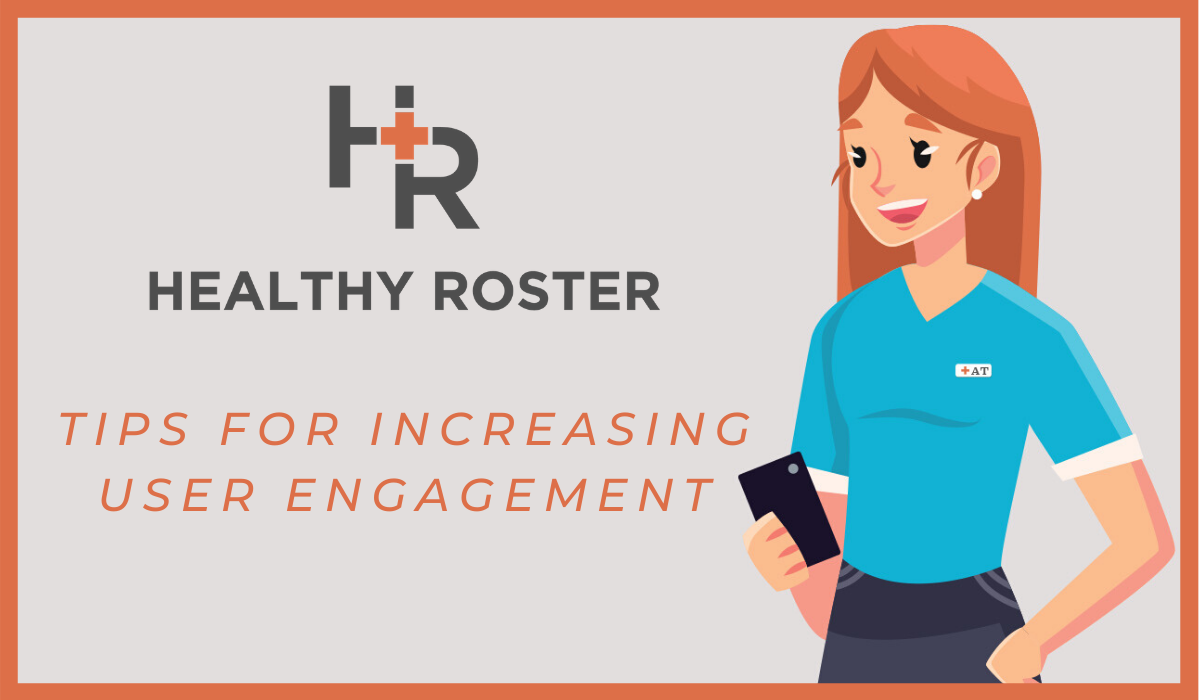Athletic Trainers Improving Communication with Parents
 In Part 2 of our Athletic Trainer Improvement Series, we talked about the importance of coordination and collaboration with coaches. So, it only made sense for us to cover how to improve your communication with parents.
In Part 2 of our Athletic Trainer Improvement Series, we talked about the importance of coordination and collaboration with coaches. So, it only made sense for us to cover how to improve your communication with parents.
In every aspect of life, communication is how we pave the path to success and that is even more true when it comes the world of sports. Parents of the athletes have handed over the health and safety of their child to the school program so, naturally, they're going to need a lot of information and have a lot of questions.
Open Season
Communication starts at the beginning of each season. Some schools have team meetings with the parents. If coaches hold those meetings, athletic trainers should try hard to attend... even if they're not invited. This is their first chance to make an impression and introduce themselves as their child's healthcare professional. They should take the opportunity to give out their school email and phone number - or, if they're using an app, let them know to download it and show them how to use it. If they're giving out the school-issued phone or personal phone numbers, ATs should let them know they cannot provide protected health information via text.
Trainers should let parents know that emailing any child names or other PHI can be a risky strategy. They should never put names or PHI in the subject line. While HIPAA does not require encrypted emails, the chance that an unauthorized person can view an email with sensitive PHI are dramatically increased. The parent must be made aware of the risks of sending PHI via unencrypted email and must give authorization to use such a potentially insecure method of communication.
ATs should avoid group texts where PHI may be accidentally involved.
If there are no team meetings at the beginning of the season with parents, ATs should reach out to them any way they can to pass on this information, as well as their personal contact details. It could be anything from a group email, group text, or even flyers sent home with the athlete.
In worse-case scenarios, the parents may never actually know who their athletic trainer is or how to contact them.
During the Season
When the athlete gets injured during the season, parents may have no idea their child was hurt until they come home or sometimes not at all. Athletic trainers may have to give the child instructions on care or treatment, but the parent may never learn about those instructions or they are forced to rely on what the child actually conveys to the parent.
ATs may try to text those these items to parents but then they run into sending PHI and, as we've stated, medical professionals are not permitted to send any of this via text. Parents who get a chance to talk to the athletic trainer should be able to take the instructions directly from trainer but they will most likely be on their own to find a doctor and
tell the provider what happened. In their own words.
Unfortunately, all this communication requires the athletic trainer to send emails, texts, and make numerous phone calls to parents — looking up contact info, calling, leaving messages, returning calls, documenting everything and repeat this over and over for each athlete... all while making sure they don't disclose PHI to the wrong, unauthorized person.
All of this creates a much longer process for the ATs, discourages the correct amount of communication, and provides little in the way of care continuity.
 Is There a Better Way to Communicate with Parents?
Is There a Better Way to Communicate with Parents?
Imagine this scenario:
An athlete gets injured. The athletic trainer logs the injury in an app. The parents are notified automatically. The AT provides treatment to the child and shares a rehab plan with the parent through secure chat. If needed, the parent can go back and forth on protocols for that rehab so that there is no miscommunication. Updates are provided to the parents through the app.
Also through the secure app, the AT can take notes and create a referral, providing the appropriate doctor's name, contact information, details about the doctor, and even directions on how to get to that provider's office. The athletic trainer easily sends materials and notes along to the doctor through an EHR integration or electronic fax. If there is no integration, that's all right—the parent can easily share the material directly with the doctor through the secure app.
After visiting with the doctor, and treatment is complete, the parents scan the doctor's note for return-to-play as well as chat back and forth with their athletic trainer. All this additional communication means better care and increases the chances that the athlete can return to play much sooner.
Everything is automated.
This automation kicks in immediately after an athlete injury and doesn't stop there. Parents are automatically notified of the injury and can instantly see the plan from the athletic trainer. All inquires from parents can be centralized into the injury timeline in the comments section. Or, the athletic trainer can choose to contact them directly through the app's Chat feature. Parents will always be able to know exactly who is taking care of their child's injuries at the school, based purely on the fact that the app is provided to them.
The Reality
Believe it or not... this scenario is a reality for thousands of users who are taking advantage of Healthy Roster. It's our main mission—to help keep athletes active and healthy. And we do this by giving ATs the best tool they could ever need to be more effective and efficient. That tool is the Healthy Roster app, which gives athletic trainers the ability to document and communicate, all in one easy-to-use and secure application.
"Healthy Roster allows us to connect our athletic trainers with coaches, parents and athletes to improve communication around education and injury management. Utilizing the tools and features in Healthy Roster opens the doors to new opportunities to connect with athletes and parents in meaningful ways. Partnering with Healthy Roster was a great decision and has helped us elevate our service offerings in our community.” - Eric Marchek, PT, CSCS, Sports Manager, Providence Health and Services
And you can sign up to watch all 4 recorded webinars in our Athletic Trainer Improvement Series to learn more about how to improve documentation, communication, and get back to caring for your athletes:
Interested in more posts on the Athletic Trainer Improvement Series?
Check out Part 1 "There's an Actual App for That?" and Part 2 "Improving Coordination with Coaches".
![HR Logo [Recovered]_Full Color Vertical-1](https://blog.healthyroster.com/hs-fs/hubfs/HR%20Logo%20%5BRecovered%5D_Full%20Color%20Vertical-1.png?width=199&height=178&name=HR%20Logo%20%5BRecovered%5D_Full%20Color%20Vertical-1.png)
 By
By



